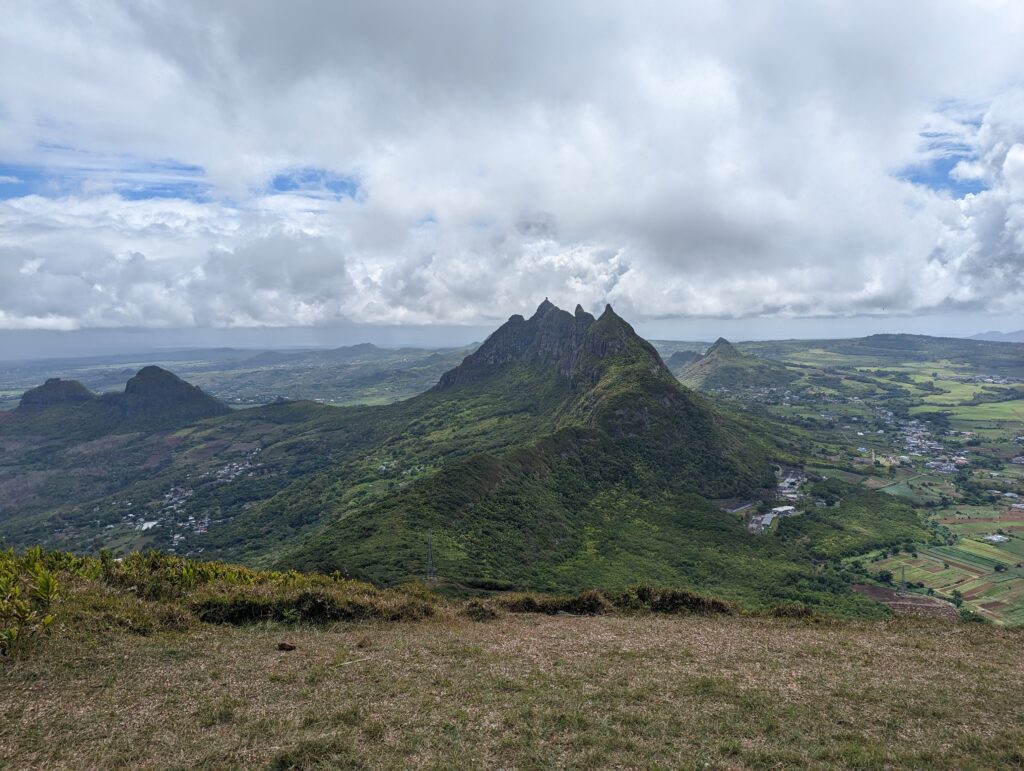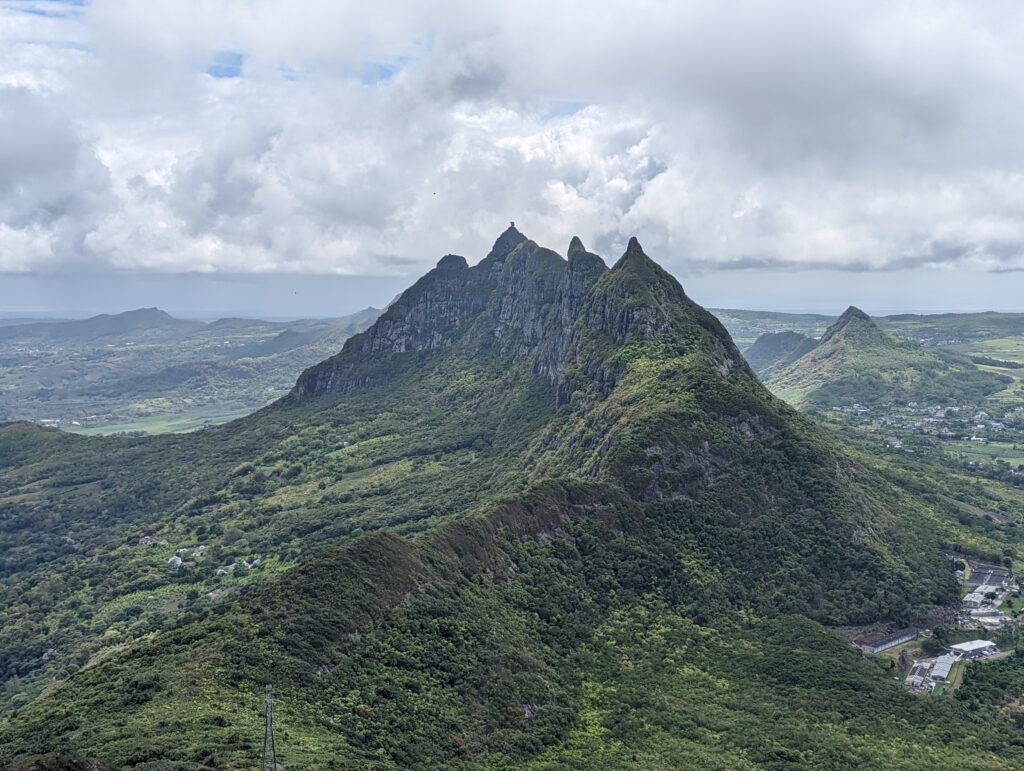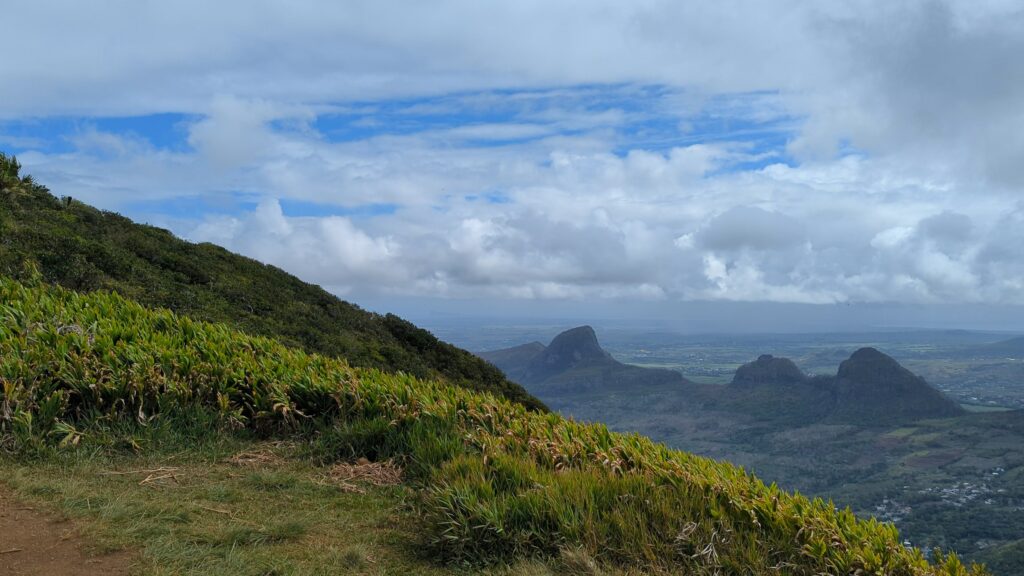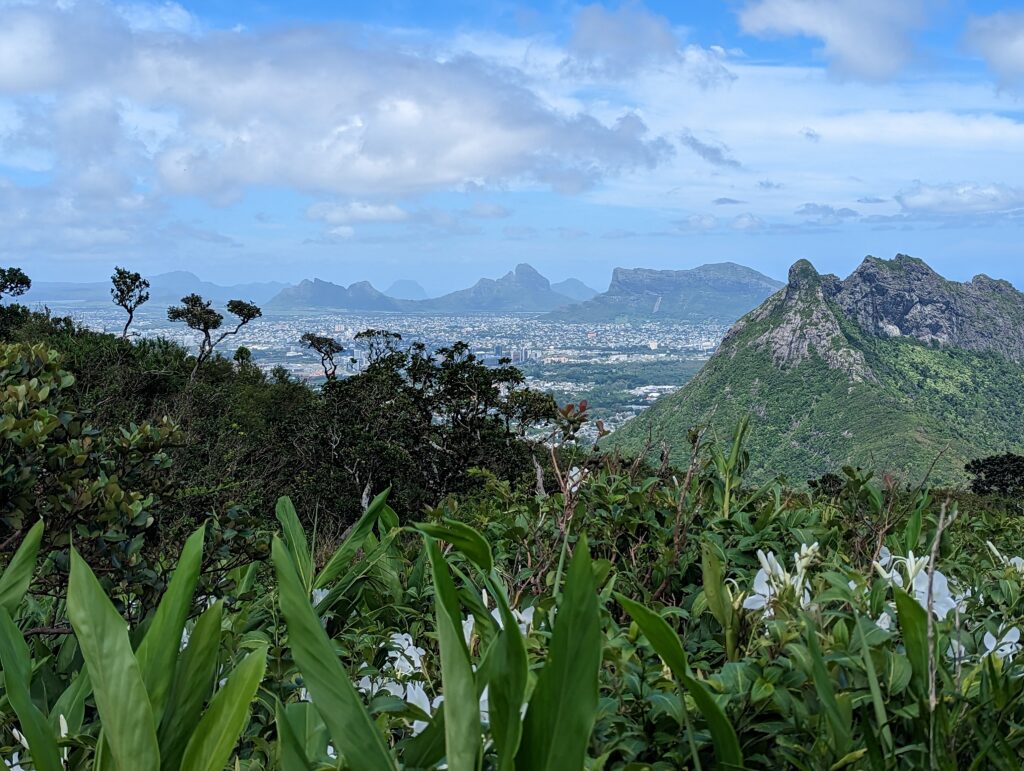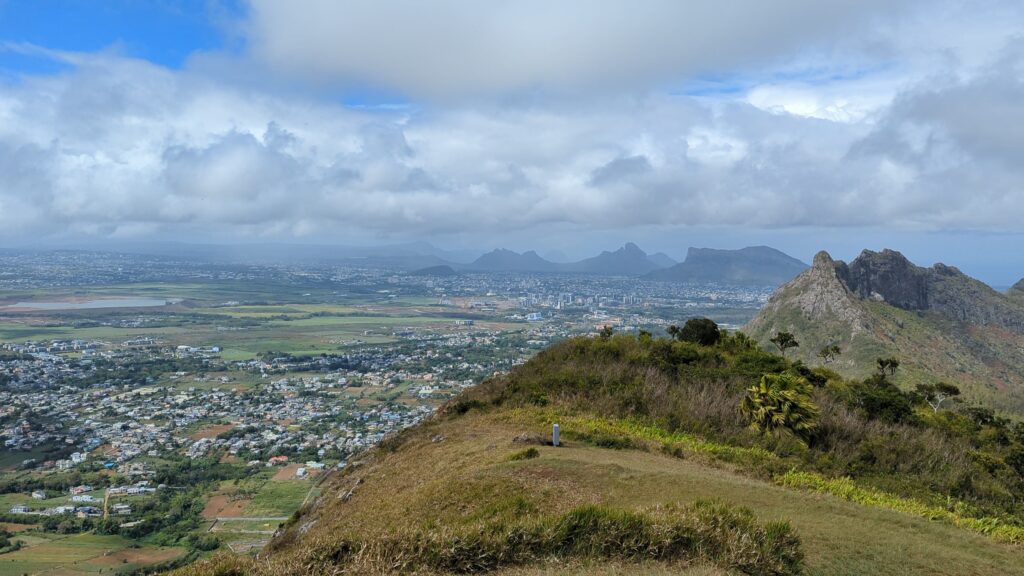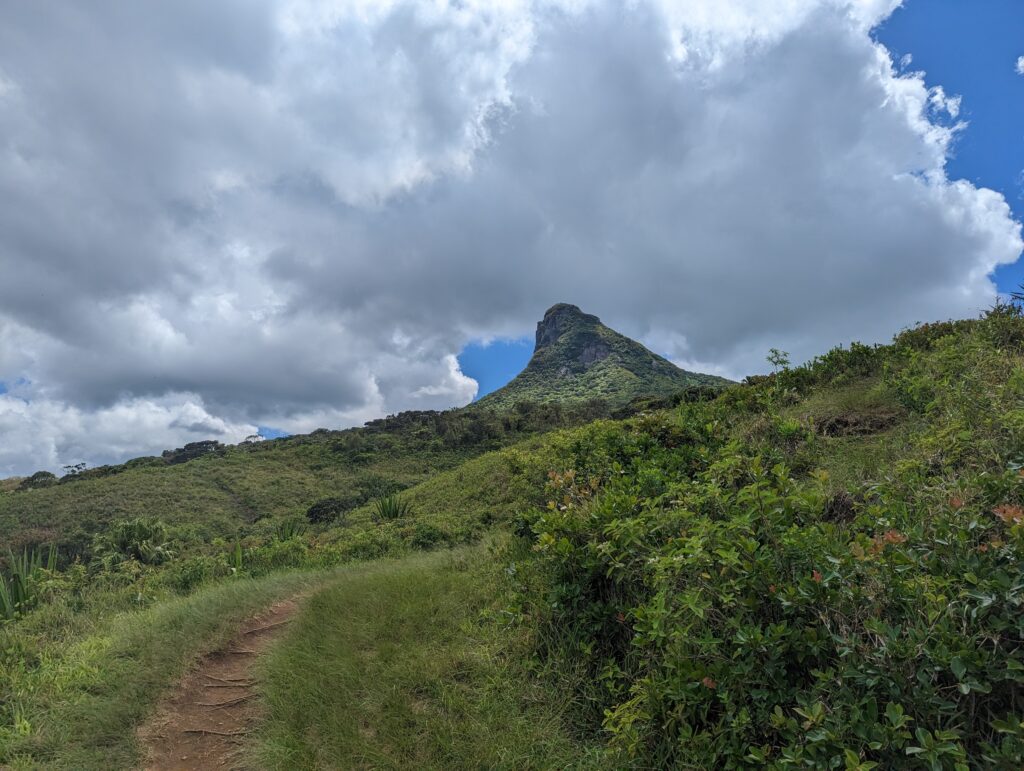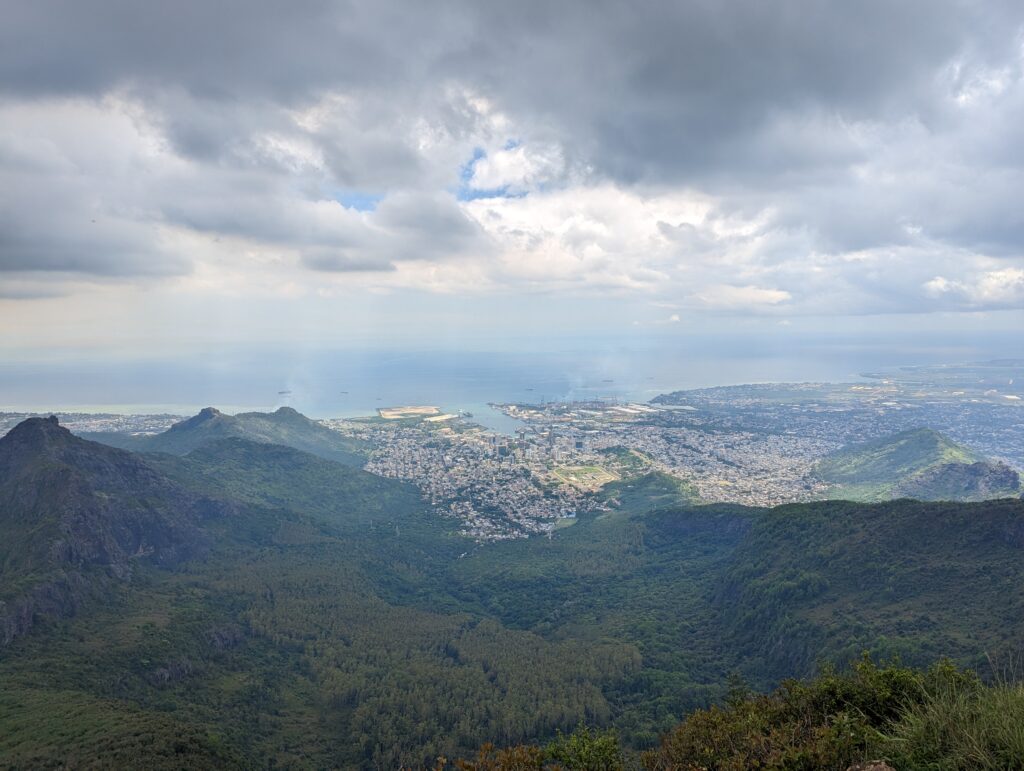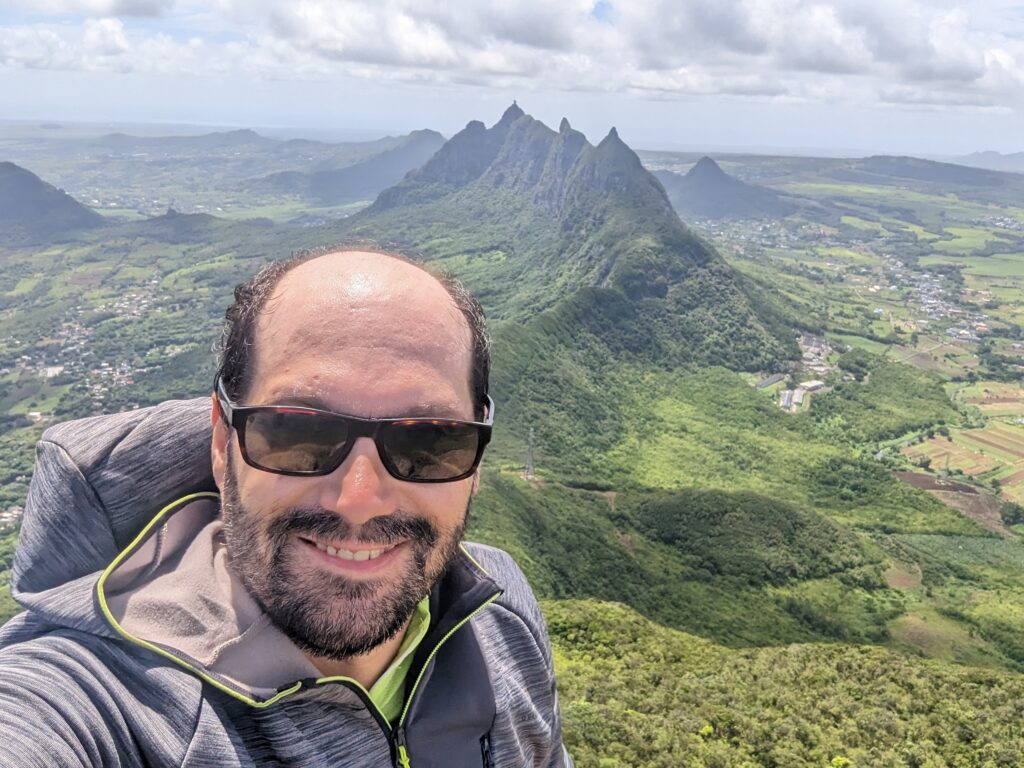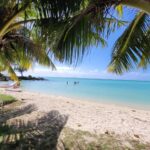There’s something quietly magnetic about Le Pouce. I’ve hiked it more than 15 times now, and still—still—it pulls me back like an old friend waving from the distance. Every climb feels familiar, but never dull. The mountain changes with the weather, the light, even with your mood. But one thing never changes: the view from the top is always worth it.
Let’s be honest. The first part of the Le Pouce hiking trail, coming from Moka, isn’t much to write home about. You trudge up a rocky path through thick forest. It’s steep. It’s shaded. It’s got no views. Just rocks, roots, and the sound of your own breath getting heavier. That section always feels longer than it is, like the mountain’s testing you before it shows its beauty.
But then—suddenly—you break through the trees. You step into light. And you start to feel it. The air changes. The wind picks up. You get your first glimpse of the island stretched out below. That’s when it hits you: you’re somewhere special.
Once you reach the plateau, everything opens. The slope softens. Chinese guava bushes line the trail, and if you’re lucky, you might catch sight of a monkey darting through the trees. I’ve seen them a few times—quick shadows that disappear before you can even say look. It always makes me smile.
The views from up here are breathtaking. You look across to Pieter Both, that quirky rock formation with its round head balancing on a neck of green. The Moka range stretches out behind you like a dragon sleeping beneath clouds. It’s wild and jagged, yet somehow peaceful.
Top of the Le Pouce
From the plateau, it’s another 15-minute push to the summit. That last bit is where things get exciting—scrambling over rocks, using your hands, watching your step. Not too difficult, but it wakes you up. And then suddenly, you’re there.
At the top, the whole island opens like a map. Port Louis sprawls below you. To the west, the ocean glints in the sun. If the weather’s clear, you can even see Le Morne in the far distance. It’s a 360-degree panorama that makes you feel tiny and lucky at the same time.
There’s something else that gives this place a quiet kind of magic: Charles Darwin once stood here too. Back in 1836, during his voyage on the HMS Beagle, he climbed this very peak and gazed out at the island just as we do today. I always think of that when I reach the top. A little moment of shared history, stretching across centuries.
No matter how many times I climb it, Le Pouce hiking always gives me something back. A quiet mind. A grateful heart. A reminder that even when the first stretch feels boring and hard, what’s waiting at the top is often more beautiful than you remembered.
So if you’re on the island and looking for a half-day adventure that delivers views, wild guava, and maybe even a monkey or two—this is it. Just start early, bring water, and take your time. Le Pouce will be there, waiting.
